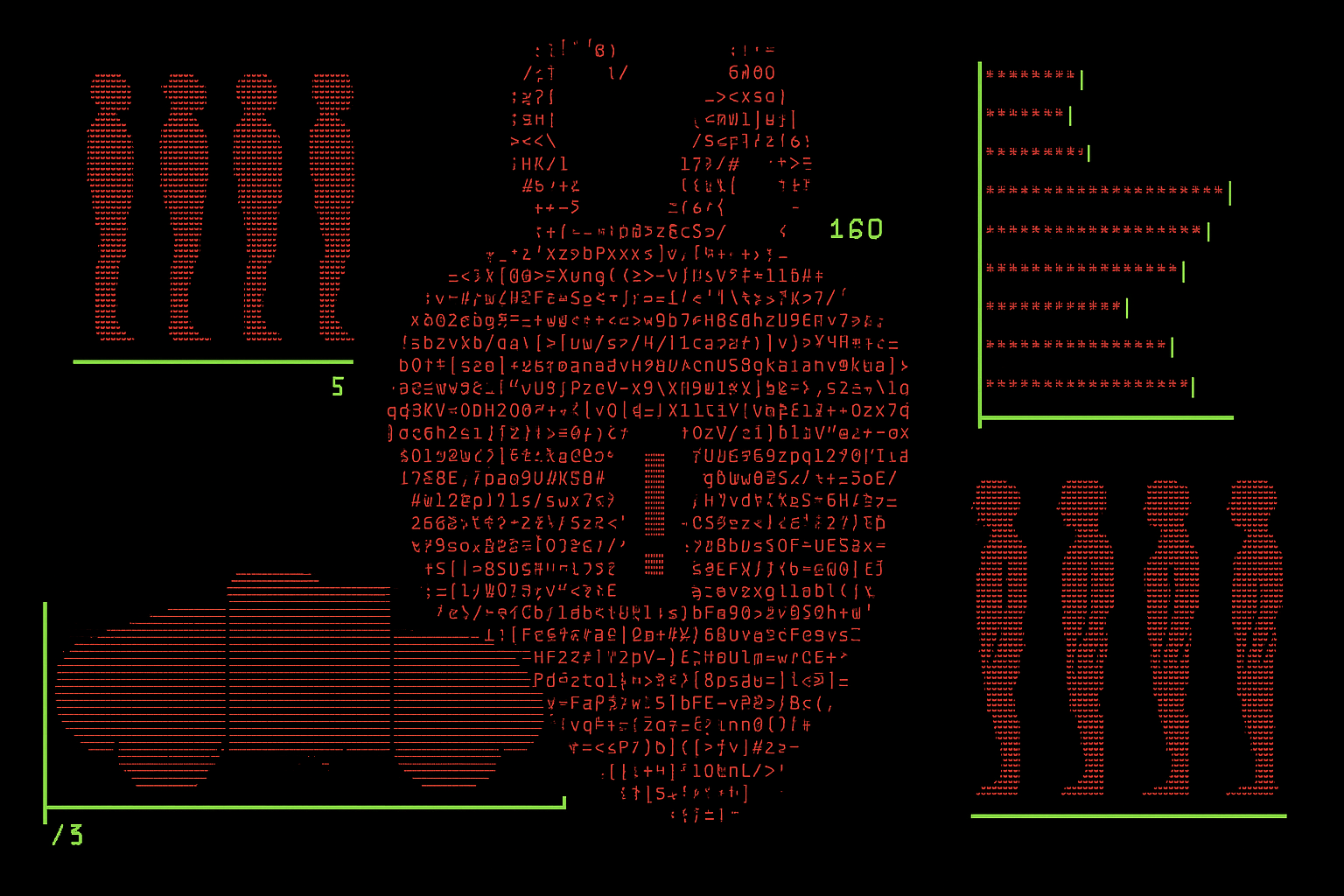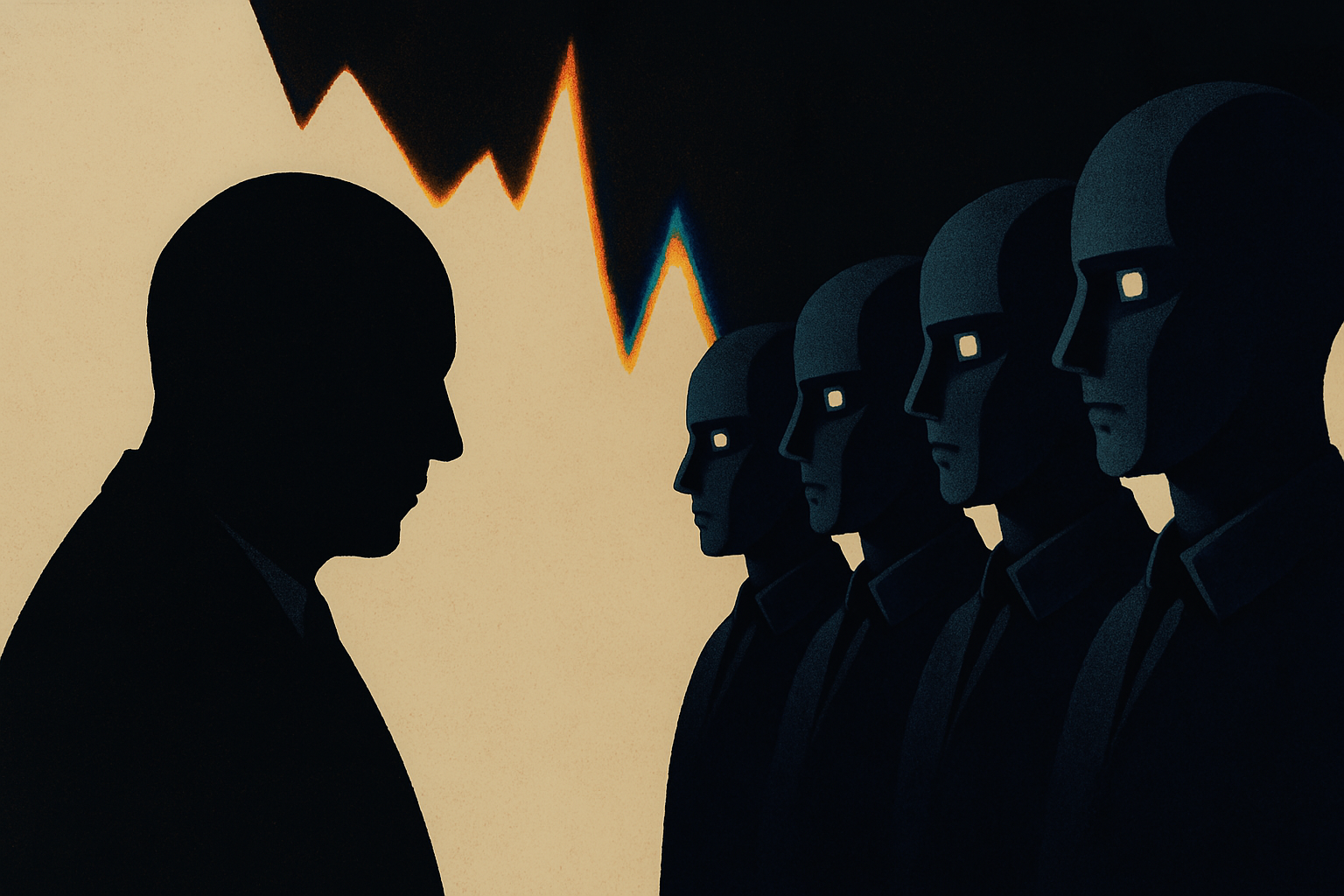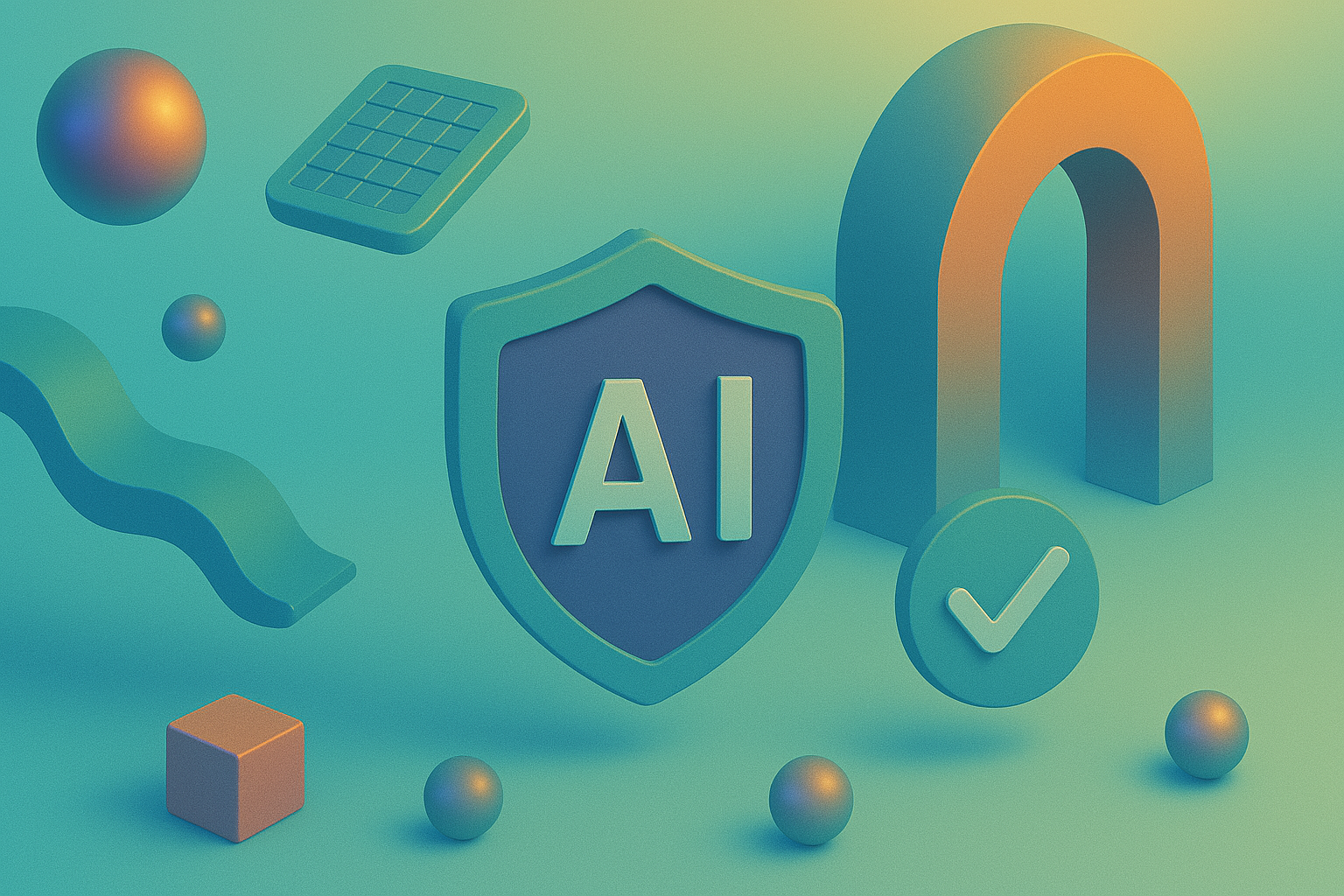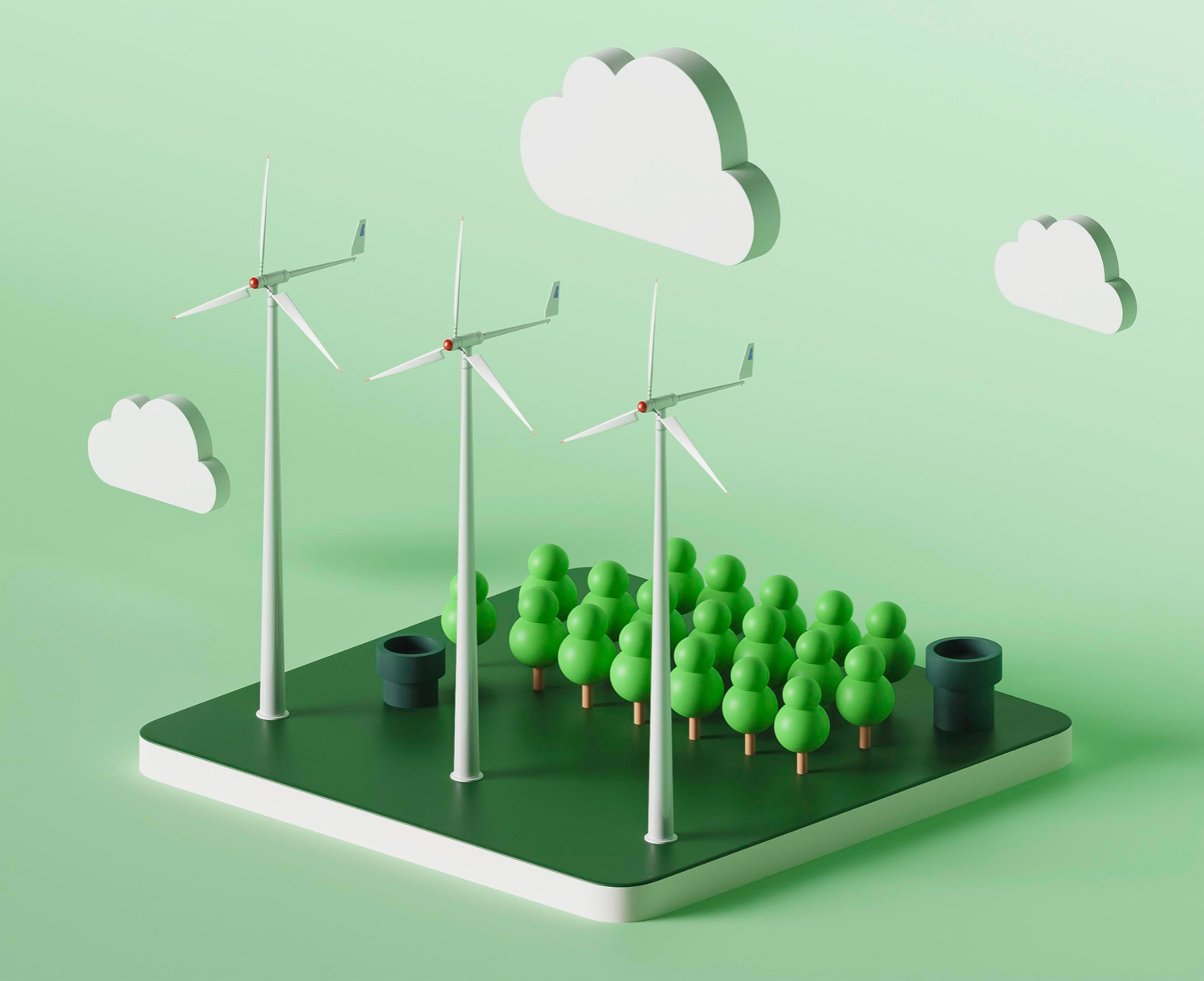Article

Winning the innovation game: 6 Ways to capitalize on IoT in Retail Sector
What’s the key to successfully navigating the rapidly changing retail industry?
If you are in retail, the threat of being swiped away must have been echoing in the mind of your leadership teams for quite some time now.
With a great deal of tech trends, changed consumer habits and digital-first players such as Amazon, Otto and Alibaba your company’s leadership is probably facing a serious challenge – how to create and regularly adjust a digital strategy that is feasible to implement, on one hand, and ensures that you don’t miss out on opportunities that might cost you your market share, on the other?
Before we dive deeper into the topic of IoT in Retail Sector, let’s play a quick game.
“Imagine yourself standing in front of your company’s digital announcements wall.
Announcement 1: We are putting an end to musculoskeletal disorders – our newest wearable will do the heavy lifting for our employees! Exoskeletons training date to be announced soon.
Announcement 2: Latest metrics show an increase of footfall within our stores and higher sales conversions. The system that we implemented 3 months ago to send mobile alerts based on customer’s location proximity brought an increase in revenue.
Stay tuned – more announcements are coming!”
Sounds amazing, doesn’t it? But, the reality is that there is no magic tool that will help you become the retail of the future overnight. So, starting early/accelerating the tech adoption is unquestionably key to winning the innovation game.
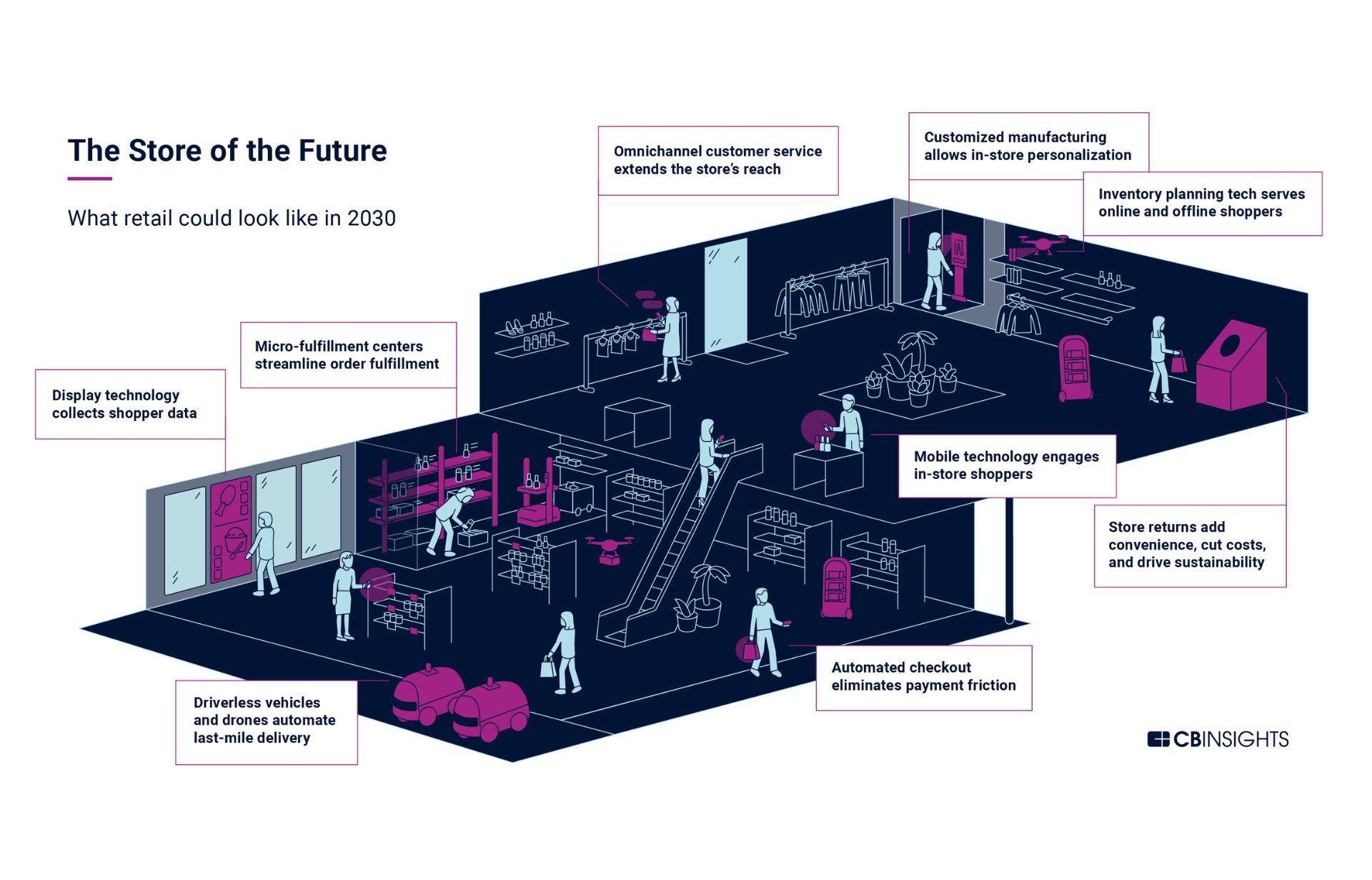 Image by https://www.cbinsights.com/
Image by https://www.cbinsights.com/
What is the Internet of Things, in fact?
Internet of Things (IoT), refers to a network of physical objects (devices, vehicles, buildings and other items) embedded with electronics, software, sensors, actuators and connectivity which enables these objects to connect and exchange data. In 2022, the market for the Internet of Things is expected to grow 18% to 14.4 billion active connections. It is expected that by 2025, as supply constraints ease and growth further accelerates, there will be approximately 27 billion connected IoT devices.
Below we present 6 Ways to capitalize on IoT in Retail Sector to Fuel your Growth
Doing the right prioritization in your product roadmap will significantly impact your strategy. So, make sure that you use your resources optimally without rushing into implementing tech trends that sound cool but are not of a high priority for your business. Defining a North Star Metric for each of your products will facilitate the decision making process.
Self-checkout – Shorter queues, happier customers
Self-checkouts are not new, but yet, many brands haven’t started to leverage this tech yet. These machines can reduce, if not eliminate, a shopper’s checkout time with a system that reads each item’s tag when the customer leaves the store. The store puts Radio Frequency Identification tags on all items. Therefore, the system reads and deducts the cost from the shopper’s mobile payment app. Whether you are in fashion, groceries, electronics or something else, if your customers can shop and then pay for their goods without waiting in line, there’s a good chance they will come back.
Supply Chain Management and Logistics for overall performance enhancement
IoT helps retailers enhance efficiencies, reduce costs and ensure superior customer experience by providing inventory visibility across shelves, transit and warehouses. Items from “floor to store” are tracked with connected sensors. The sensors enable a coherent stream of real-time data on the exact location of an item, including how long it takes to move between different phases of the SCM lifecycle and how fast a specific delivery truck moves. With the help of Internet of Things, suppliers, manufacturers and distribution centers can now reduce handling times, be more efficient in material processing and have more accurate delivery forecasts for vendors and customers.
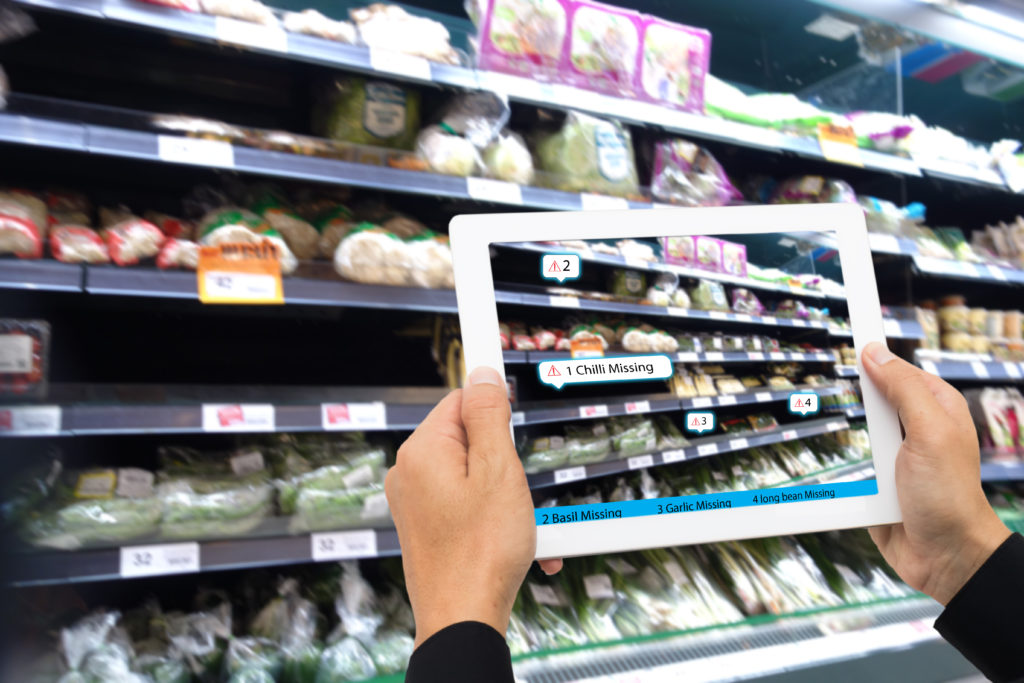
Smart Shelves – IoT empowered tech for improved internal operations
If enhancing your inventory management is among your top priorities, consider going all the way with “smart shelves.” Smart shelves combine weight sensors with RFID tagging, so the shelf knows what product is on display. This tech empowered by IoT ensures the right products are in the right places and that you have stock on the shelves. Smart shelves send alerts when inventory is running low. This way you will improve your internal operations and, moreover, your customers will always be able to find what they are looking for.
Personalized Shopping – Location based alerts for personalized experience
Remember the scenario from the game? IoT devices are greatly used by brands to help personalize shopping experiences. For example, Bluetooth Beacons can send alerts in real-time to a smartphone based on a customer’s location proximity. Such alerts can prompt a potential passerby to go into a store and take advantage of the offer and let in-store customers know of personalized discounts, special events, or other reminders. This location data can also be used to prompt customized messages on nearby digital displays or to dispatch sales associates to areas where customers are lingering, improving the overall customer experience.
Cold Chain – Environmental Sensors that empower sustainability and reduce spoilage budget
Perishable food spoilage and deterioration in the retail grocery industry results in a significant loss of profitability, with groceries on average losing $70 million annually to spoilage alone.
Environmental sensors can easily track ambient conditions like humidity, air quality, temperature, light intensity and other environmental factors inside a storage facility, cargo container, delivery vehicle or in-store to protect perishable goods, ensure optimal freshness and reduce waste. Implementing these types of sensors will not only save your company money but will also empower your sustainability strategy.
Exoskeletons – Assistive tools for Logistics 4.0
Logistics employees such as shelf and warehouse workers are challenged with the need to lift heavy items and often suffer from musculoskeletal disorders.The emergence of exoskeletons, which are physical assistance systems that are worn on the body, have a potential to solve this historical problem. While possessing these wearables seems like entering a world of science fiction for some, for others, exoskeletons are already a daily companion at work. Does it sound futuristic?
How to implement IoT in your retail business?
Headless holds the key to IoT
Now when you are more familiar with the use of IoT in Retail Sector, the main questions you may ask is: How to build such an IoT-ready, scalable commerce system?
Before you plunge into IoT, AI or any other tech, migrating your old legacy system to a headless architecture is key for creating a solid ground.
In its simplest form, headless commerce is a separation of the front end and back end of an ecommerce application. These systems decouple your digital touchpoints (i.e., the front-end) from a set of provided business services (i.e., the back-end), such as “Commerce”, “Content”, “Payment” etc. Thus, you are free to develop every aspect of the customer touch-point flexibly, while leveraging pre-configured services (e.g. backoffice, checkout, etc.) that are available out of the box.
While many brands initially migrate to Headless to run their eCommerce websites, the composable architecture empowers the adoption of various technologies and it’s just a matter of time when all retailers will switch to it.
Check this article for more information on how to utilise Headless Commerce Systems for creating personalized experience.
Finding reliable implementation partner
One of the biggest challenges that retail companies face in tackling innovation is finding an implementation partner that possesses the required skills and forward-thinking mindset. At TrueNode, we act as co-founders in building products with our clients. Our services include everything from idea validation to MVP launch to supporting businesses in scaling.
So, if you are looking to implement your next Internet of Things project, feel free to reach out.
Our partnership with Symphony, the culture-driven technology house that has been building thriving teams of engineers for over 15 years, means our integrated teams can work across the product lifecycle to deliver end-to-end projects.
Moreover, we partner with Commercetools, an industry-leading headless solution provider, in jointly supporting the implementation of headless solutions. If your company is migrating to headless, we would love to help on the journey.
For more valuable content on how to leverage tech to build great products, we are launching a monthly newsletter soon – don’t forget to subscribe!

